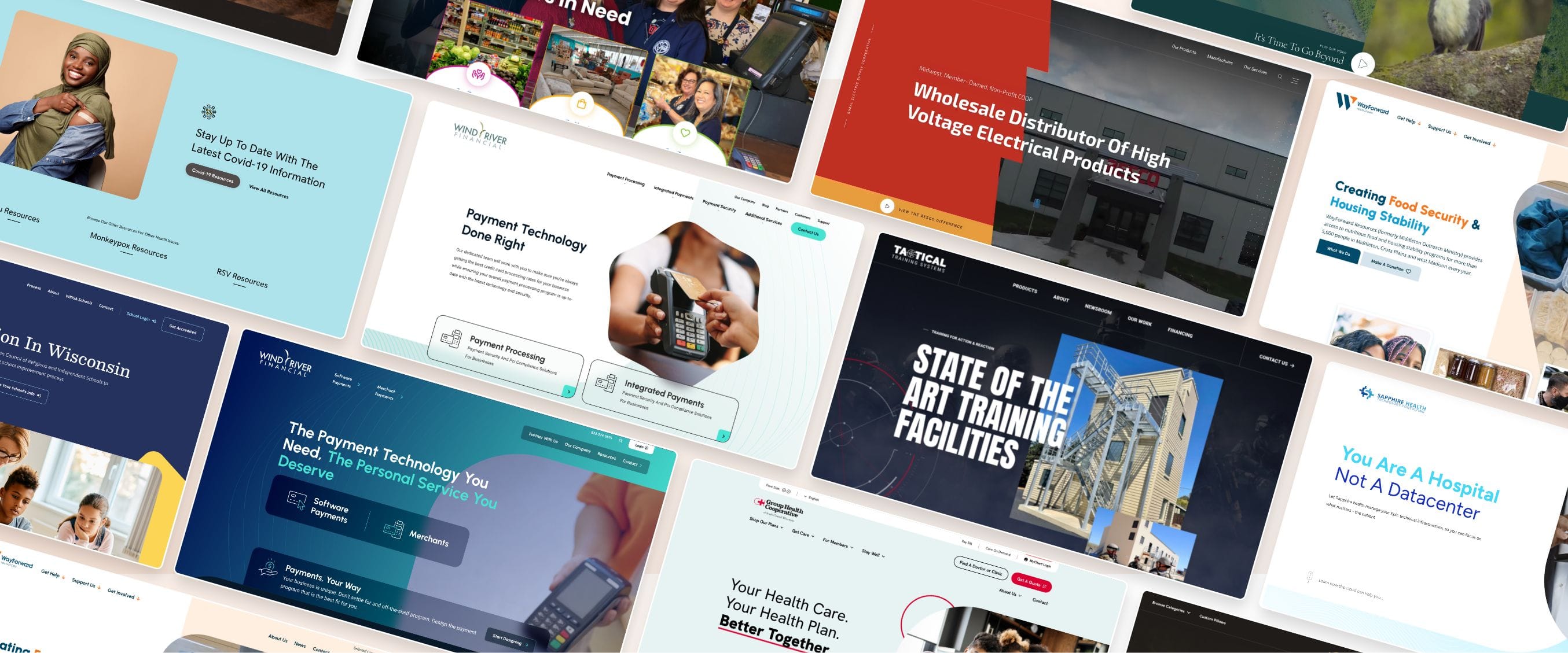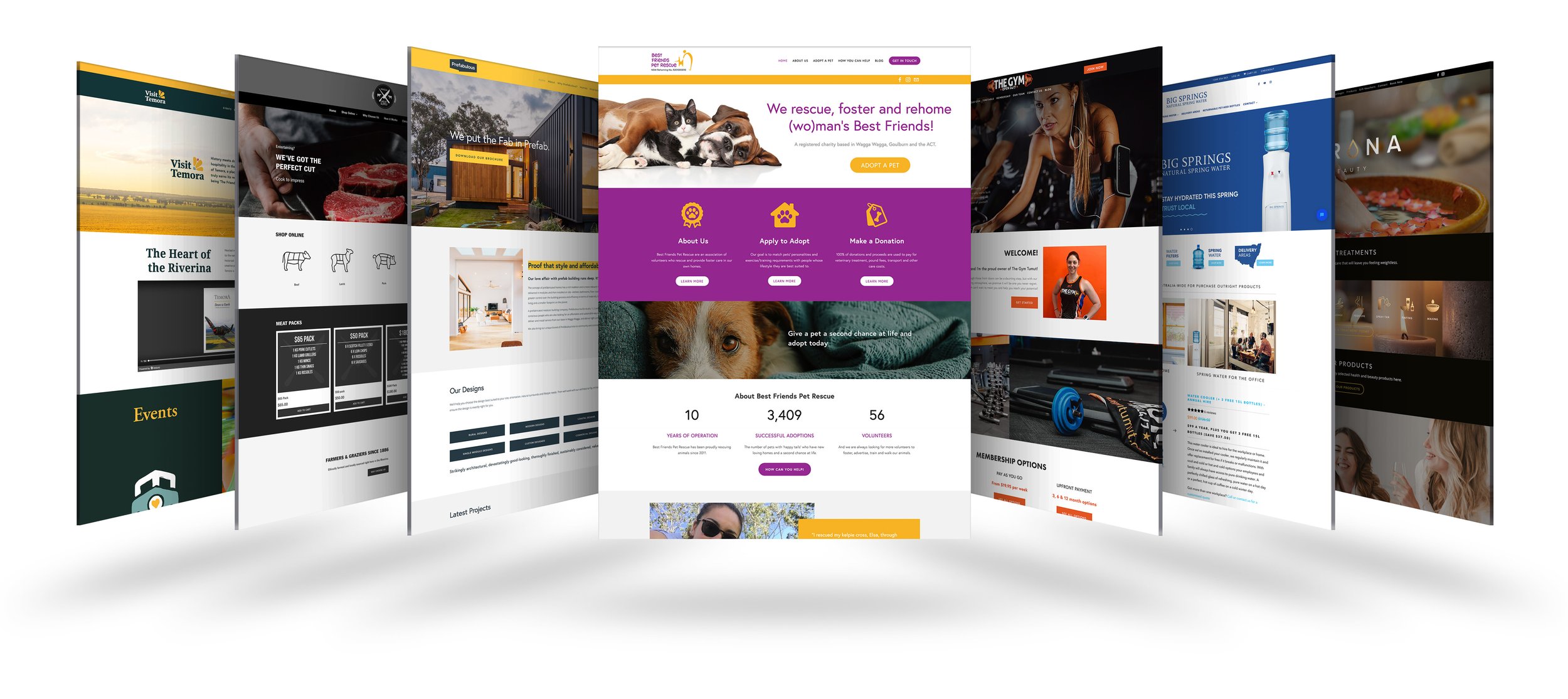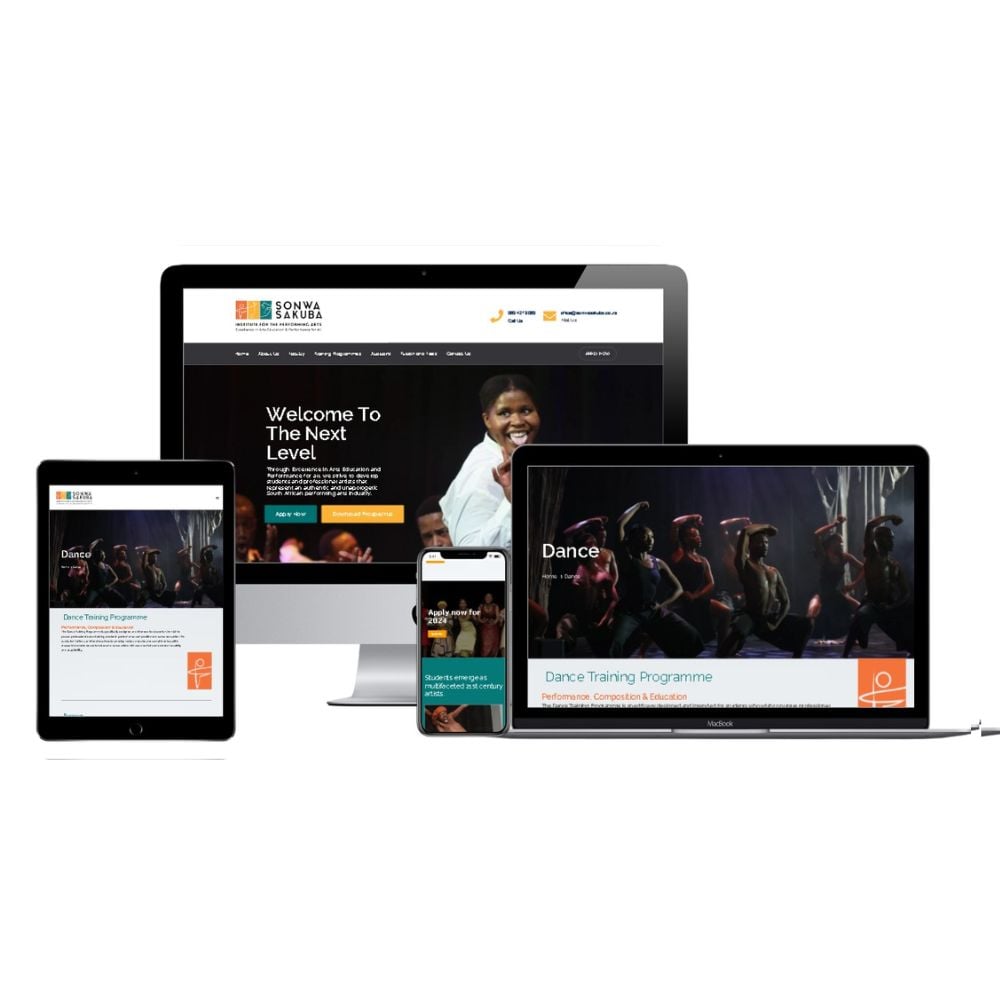Bespoke Website Design Services That Address Your Business’s Specific Needs
Bespoke Website Design Services That Address Your Business’s Specific Needs
Blog Article
Top Tips for Producing an Impactful Web Site Style That Transforms
In today's electronic landscape, the value of an impactful site layout can not be overemphasized, specifically when it concerns transforming site visitors into consumers. To accomplish this, one should think about a range of elements, including understanding the target market, focusing on customer experience, and enhancing for mobile platforms. Moreover, the strategic usage of engaging call-to-actions and a well-defined visual hierarchy plays an essential duty in directing users via their journey. As we discover these important components, it comes to be apparent that the success of your site pivots on even more than just aesthetic appeal; it requires a thoughtful strategy to layout and performance.

Understand Your Target Market
Comprehending your target audience is essential to effective web site layout, as it prepares for producing an interesting customer experience. Determining that your users are, including their demographics, preferences, and habits, makes it possible for designers to tailor the website's content, format, and functionality to meet details requirements.
Performing extensive marketing research is crucial in this process. Surveys, meetings, and analytics can give beneficial insights into customer expectations and discomfort factors. By compiling this information, developers can create user characters that represent various sectors of the target market, guaranteeing that style decisions are educated and pertinent.
Furthermore, recognizing the target market helps in choosing proper style elements such as color design, typography, and imagery that resonate with users. A web site that talks directly to its target market fosters a sense of link and depend on, urging longer visits and greater conversion rates.
Ultimately, a user-centered method to web site style not just improves user satisfaction yet also supports company purposes by driving interaction and commitment. By prioritizing the needs and choices of the target market, a web site can properly offer its purpose and accomplish preferred outcomes.
Prioritize User Experience
To improve the total efficiency of a website, prioritizing individual experience (UX) is necessary (Website Design). A properly designed UX ensures that site visitors can browse the site effortlessly, locate details swiftly, and engage with material meaningfully. This results in enhanced customer fulfillment and greater conversion prices
Begin by applying instinctive navigation. Menus should be rationally structured, permitting users to locate vital areas of the website with minimal initiative. Consistency in layout elements, such as color design and typefaces, fosters experience, which is important for keeping individual involvement.
Additionally, take into consideration the packing rate of your website. A hold-up of just a couple of secs can result in substantial drop-offs, as individuals are less likely to await a slow-loading page. Simplifying pictures and enhancing code can improve efficiency and preserve visitors.
By focusing on individual experience, you not only create a more pleasurable setting for visitors but likewise reinforce your brand name's credibility. Eventually, a focus on UX is an investment in the long-term success of your site.
Optimize for Mobile Tools
Maximizing for smart phones is essential in today's digital landscape, where a raising number of individuals gain access to web sites with smartphones and tablets. A mobile-friendly design not only hop over to these guys boosts individual experience yet additionally plays a substantial duty in boosting online search engine rankings. To achieve this, it is vital to embrace a responsive layout that immediately gets used to different display dimensions and alignments.

Packing speed is one more important aspect; mobile users are typically much less person and anticipate fast accessibility to info. Maximize photos and take advantage of browser caching to boost performance. Ultimately, examination your web site on multiple gadgets and screen resolutions to identify and rectify any kind of potential use problems. By focusing on mobile optimization, you make certain that your site remains competitive and effectively involves a broader audience.
Usage Compelling Call-to-Actions
An internet site's effectiveness typically pivots on its capacity to guide visitors toward preferred activities, making compelling call-to-actions (CTAs) essential parts of style. CTAs work as the essential points that direct individuals to engage with the website, whether that implies purchasing, registering for a newsletter, or downloading a resource.
To create efficient CTAs, clarity is critical. Use succinct language that clearly interacts the action you desire the customer to take.
Additionally, the style of CTAs must stick out without being meddlesome. Employ contrasting colors and clear font styles to ensure they record attention. Furthermore, think about making use of directional hints, such as arrows or photos, to lead individuals toward these switches. By concentrating on these see page elements, organizations can substantially enhance customer engagement, driving conversions and ultimately attaining their website's goals.
Concentrate On Visual Pecking Order
Reliable website style depends heavily on a well-structured visual power structure that overviews customers via content seamlessly. By organizing components in a way that focuses on info, designers can boost individual experience and help with decision-making. This entails making use of size, color, comparison, and spacing purposefully to attract attention to the most critical parts of a web page.
Using bigger font styles for headings and subheadings develops a clear difference in between various sections, allowing individuals to check content effortlessly. In addition, utilizing contrasting colors for switches and calls-to-action can catch customer interest and urge interaction. Whitespace is an additional crucial element; it prevents mess and enables individuals to focus on essential messages without interruptions.
Pictures and graphics must complement the message while additionally sticking to the well-known power structure, reinforcing the total message (Website you can try these out Design). Uniformity in layout components, such as color design and typography, further strengthens the visual hierarchy, making navigating user-friendly

Conclusion
In conclusion, efficient website style requires a comprehensive understanding of the target audience, prioritization of customer experience, and mobile optimization. Ultimately, a well-executed internet site style offers as an essential element in driving customer actions and attaining business objectives.
Report this page